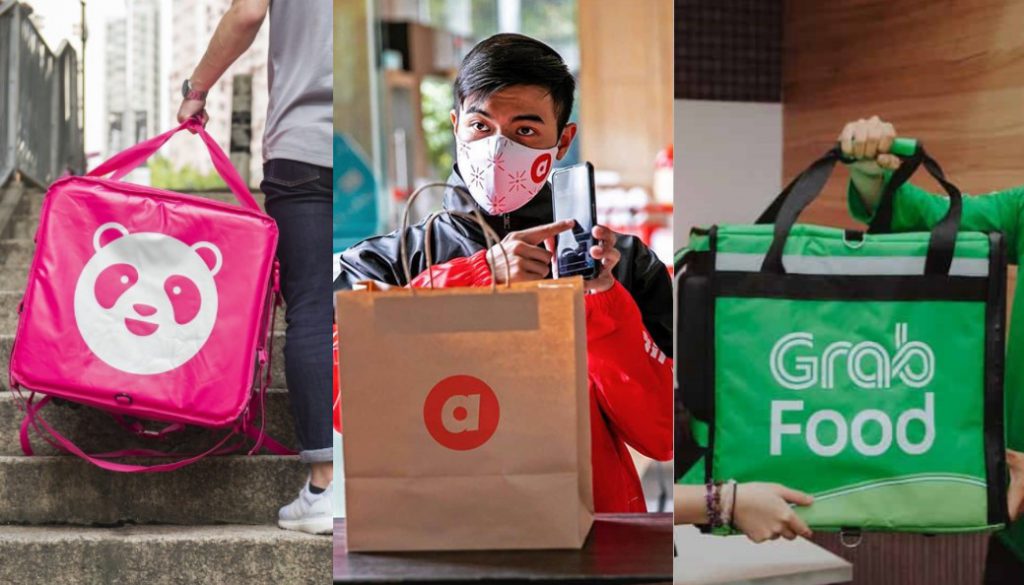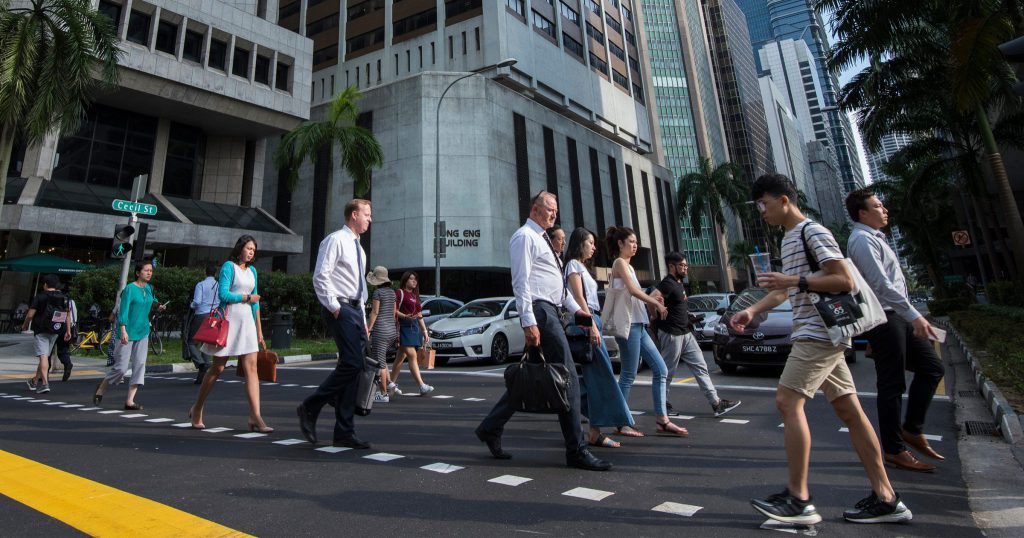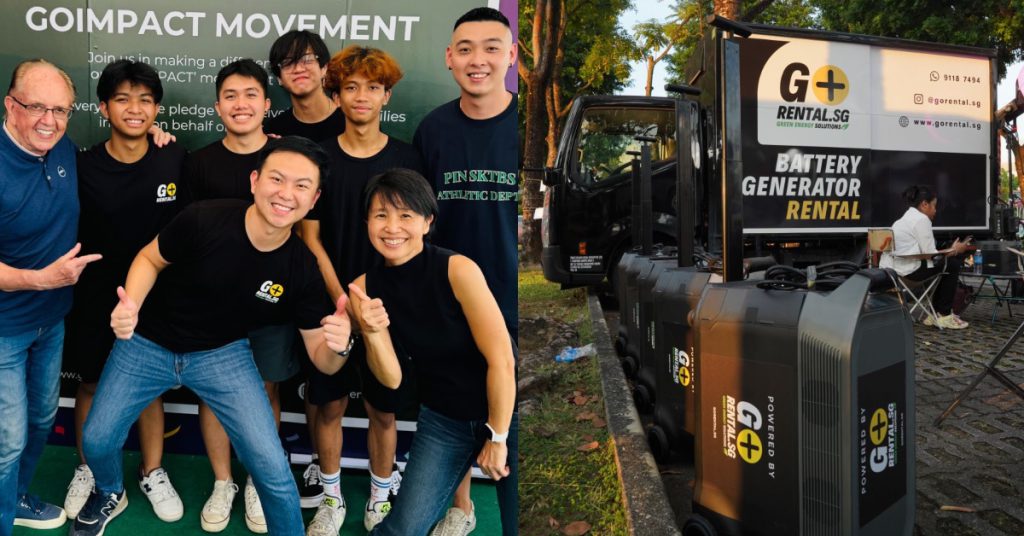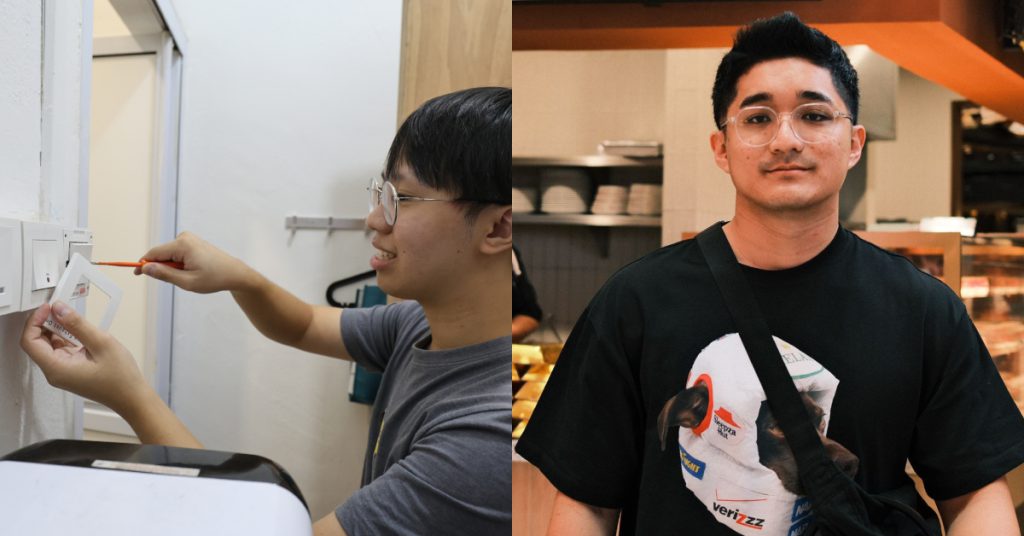Imagine life without food delivery services at your fingertips — can you live with that?
Using food delivery apps to solve one’s hunger needs might just be the everyday way of life for many these days, especially for the rising middle-class in Singapore and Southeast Asia (SEA).
The food delivery industry has boomed over the last year, partly due to the Covid-19 pandemic which accelerated the growth of the food delivery market in the region.
A study by Google and Temasek showed that food delivery has become common for busy professionals and families alike. Such services “spare consumers the inconveniences of humid weather and traffic jams, (and) has become particularly popular in metro areas.”
According to an industry report from tech venture research firm Momentum Works, SEA’s food delivery’s total gross merchandise value (GMV) surged 183 per cent from the previous year to reach US$11.9 billion in 2020, providing evidence to reflect this fast-growing industry.

There are at least six major players in the region: Grab, foodpanda, Gojek, Deliveroo, LineMan and Now.
The region’s food delivery market is expected to grow even more, from US$2 billion in 2018 to an estimated US$20 billion by 2025, according to the Google and Temasek study.
In Singapore, food delivery GMV was at US$2.4 billion last year, taking up 20 per cent of SEA’s total value.
With high growth spaces comes immense competition. This is backed by the emergence of a newcomer: AirAsia.
The firm is more famously known as an aviation company, but has made a pivot to land-related activities due to the impact of Covid-19 on the aviation sector, which has grounded most of its planes.
In just a few months, AirAsia has been seen aggressively expanding its food delivery offerings in various countries in SEA, including Singapore. Just this month, it announced that it will take over ride hailing giant Gojek’s business in Thailand, worth a combined US$50 million.
AirAsia said that it will tap on Gojek’s existing business to launch its own superapp there, offering food delivery, groceries, beauty items, and more.

In addition, the airline company is also working its food concept into other countries. It entered Singapore under airasia food in March this year, after its debut in Malaysia last year.
However, is there room for AirAsia to enter this industry and how can it find leverage as a newcomer among the bigger players? We take a deep dive into the food delivery industry and find out if it has what it takes to survive this competitive landscape.
The food delivery wars
The food delivery industry in SEA is highly competitive due to its fast growth and promising projections.
For example, in just a small city-state like Singapore, there are already many players such as Grab, foodpanda, Deliveroo and Grain.
“For an emerging and increasingly time-conscious middle class, the convenience of having piping hot food delivered to one’s doorstep is highly valued. Such consumer behaviour has become the norm, particularly among dual-income families,” stated the Google and Temasek report.
Singapore’s demographic size may be small — with a population only two per cent of Indonesia — but it generates 65 per cent as much GMV due to favourable conditions to support food delivery operations like an integrated internet network, high smartphone usage, as well as high spending power.
For SEA’s food delivery services as a whole, the leader of the pack is currently Grab, reigning in five out of six of the markets in the region in 2020, like Singapore, Indonesia, Malaysia, and Thailand.
Grab contributed nearly half (49 per cent) of the region’s food delivery GMV for last year at US$5.9 billion.

One country in the region that Grab did not get its hands on to be first place in was Vietnam, where Sea Group’s food delivery service Now is the market leader and Grab is ranked second.
Food app Now belongs to cash-rich tech giant Sea Group who is also in the tussle to get a leading share in the region.
Sea Group’s Now has a first-mover advantage. It was already operational in Vietnam in 2015, before it was bought over by Shopee in 2017.
It has about 80,000 merchants on its platform, while Grab’s number of merchants are not disclosed.
Sea Group is also growing its food delivery services in new markets. Its e-commerce platform Shopee jumped into the hype with the launch of its food delivery vertical ShopeeFood in Indonesia in April. Last month, ShopeeFood was said to be entering Malaysia too.

Meanwhile, after selling its Thailand business to AirAsia, Gojek plans to focus on competing with Grab in its homeground in Indonesia. It holds a 47 per cent market share in the country.
Gojek’s new collaboration with AirAsia (after forming GoTo with Tokopedia earlier) was strategic for Gojek as it faced stiff competition with Grab and ShopeeFood in the online transportation and food delivery services sector in Indonesia.
Zooming in on newcomer AirAsia
AirAsia purchased Gojek’s ride-hailing and payment businesses in Thailand this month to help it expedite its foray into the non-travel Thailand market.
It plans to absorb Gojek’s operations into its own super app, which will be launched there in August.
Gojek has a seven per cent share of Thailand’s US$2.8 billion food delivery market. It holds a smaller market share compared to GrabFood (50 per cent), foodpanda (23 per cent), and LineMan (20 per cent).

Despite a smaller market share, the entry point is a good place to start from and the collaboration will provide a good way for AirAsia to understand the operations, strategy and mindset of a leading superapp, noted Joshua Chong, Singapore-based fintech analyst at consulting firm Kapronasia.
He added that Thailand makes for a good test bed — it’s a market with growth potential, sizeable population, low banking penetration, and low SME digitalisation.
Will AirAsia survive in this competitive market?
To better understand the value that each food delivery company can bring to consumers, a projected ratings scale on consumer expectations was drawn up, with partial support from Momentum Works data.
The review reflects comments from users who have also tried out airasia food, which helps paint a picture of how AirAsia’s overall food delivery services might be like.
Consumer expectations mainly concentrate on four main needs: food selection of restaurants and menu items, fulfilment speed, quality of food and reliability, and prices.
Momentum Works notes that for a food delivery platform to stick, it needs to provide at least two out of the four mentioned points to be “consistently and better than its competitors”.

The ratings benchmark showed that in terms of pricing, Grab is at a six out of 10, while foodpanda is at an eight out of 10. The AirAsia-Gojek tie-up is rated at a five out of 10 and the pricing for air asia food at a seven out of 10. This brings the combined score for AirAsia’s food platforms to six out of 10.
According to online reviews, airasia food delivery fees seem to be lower than other platforms as fees can cost up to S$4 cheaper than other platforms.
As for food delivery reliability, airasia food was ranked quite low, since reviews spoke about getting late deliveries for most of the orders.
Some consumers commented about the delays airasia food takes to arrive, adding that the WhatsApp messaging system and the lack of a tracker to update on food orders makes it hard for anxious and hungry customers to know when their food will arrive.
Some customers also lament the early closing time for food orders at 8pm on airasia food. That threw some off-guard when they wanted to order a late-night meal.

Hence, the combined score for reliability was a three out of 10. This is a slight improvement from airasia food on its own as we predict more improvements to come after AirAsia’s deal with Gojek Thailand.
The latter’s business is likely to add value to the airline company’s food delivery arm by providing some insights on improving processes.
The verdict: If AirAsia wants to succeed in this competition, it will need improve its customer experience fast, since the ratings are currently hovering around a near pass or below standards.
According to Momentum Work’s rating log, such ratings may mean that the food delivery platform will not “stick” with users.
It will have to improve its service provisions as it continues to grow its business, otherwise customers — who are already spoiled for choices with the various food deliver apps around — will move on to the next best provider.
Focus on unique offerings, funding to feed growth plans
Experts suggest that for newcomers looking to enter this space, a way to edge out the competition is to consider providing customised services for restaurants that have limited resources.
It’s also important to have a large war chest to invest in adequate infrastructure to address market differences and provide tech capabilities.
AirAsia is seen taking a risk entering less familiar territories and embarking on a completely new business model on such a large scale.
Due to the lack of experience, it will have to offer different incentives to stand out positively and/or hire experienced people who know their stuff as it competes with other experienced food delivery players in the region.

According to AirAsia Group CEO Tony Fernandes, Gojek Thailand last year reported a revenue of 235.6 million baht (US$7.2 million) and a net loss of 565.3 baht (US$17.3 million). This underscores that Gojek was losing money in the country.
It is clear that AirAsia knows it needs to bring out the big guns to compete in this space. The company said it plans to raise up to 1 billion ringgit (US$238.7 million) through a rights issue, to support its working capital needs as it grows its digital business units.
The digital arm of the low-cost carrier is also reportedly considering listing in the US via a special-purpose acquisition company or SPAC to raise at least US$300 million.
From 1 July 2021, Vulcan Post’s premium articles will be hidden behind a paywall. Subscribers will be able to enjoy exclusive articles with a deeper level of coverage and insight on verticals that include government technology, electric vehicles, cryptocurrency and e-commerce. You can check out our premium articles here and subscribe to us here.
Featured Image Credit: Darrenbloggie, airasia food, GrabFood










